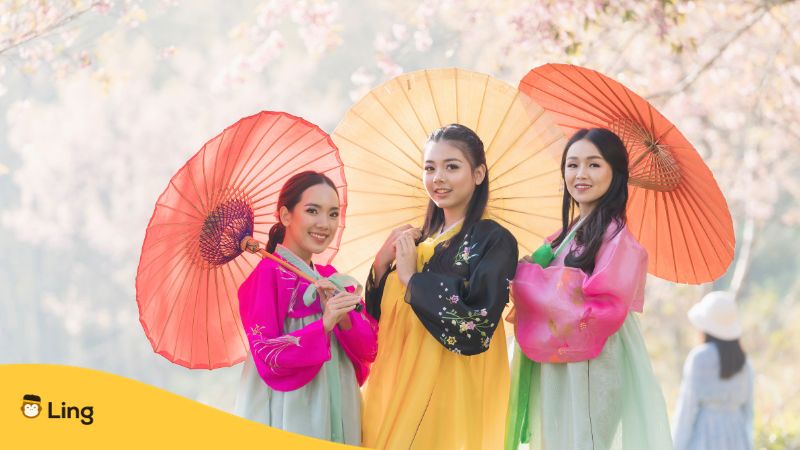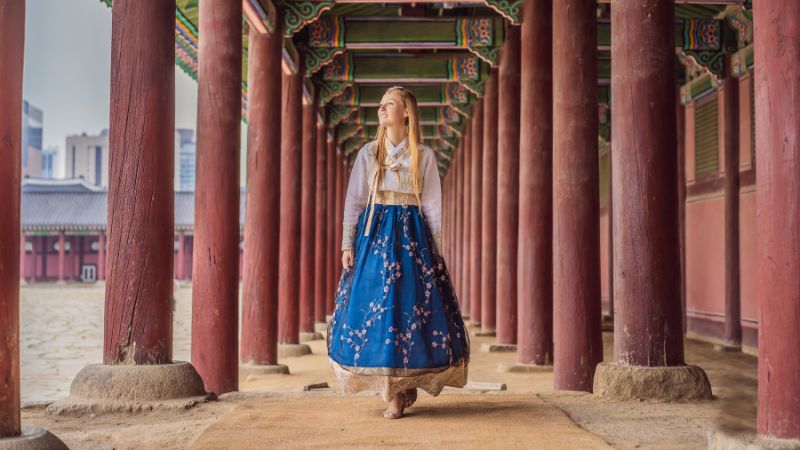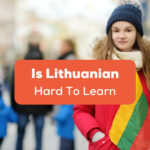So, when the moon calendar thingy flips its page, Korea goes total party mode. I mean, imagine the entire country turning into a full-on color festival with food that’ll make you drool just by smelling it. Ever heard of Korean Seollal (설날)? Yeah, it’s this Lunar New Year bash that Koreans have been rocking for, like, forever. It’s sorta like other New Year parties, but, y’know, with a Korean twist. Ready to dive into this epic fiesta?
What Is Seollal (설날)?
Seollal, pronounced as ‘seol-nal’ and written as “설날” in Korean, is one of the most cherished holidays in South Korea. For many of the locals, it’s a mega family reunion where they remember their great-great-great-grandmas and hope for a year that’s packed with all the good vibes.
In the past, it is said that Seollal is mainly a celebration for welcoming spring. And so during this time, farmers pray and proceed with their ancestral rites all for the sake of a bountiful harvest. Today, Seollal is more viewed as a time when families from across the country, and often even from overseas, gather in their ancestral hometowns. During this time, cities kinda feel like ghost towns, while the countryside is buzzing with folks chit-chatting, laughing their heads off, and munching on mouth-watering traditional dishes. Pretty cool, right?

When Is The Korean Lunar New Year?
The Korean Lunar New Year or Seollal (설날), doesn’t have a fixed date on the Gregorian calendar because it is based on the lunar calendar. This holiday typically aligns with the second new moon after the winter solstice. As a result, Seollal can occur anytime between late January and mid-February on the Western (solar) calendar.
Unlike the solar calendar, which is fixed and divides the year into twelve even months, the lunar calendar is determined by the phases of the moon. This results in varying lengths of lunar months and, consequently, shifts in the dates of traditional lunar celebrations, such as Seollal.
To give you an idea of its variation on the Gregorian calendar, here are the dates of the Korean Lunar New Year through recent years:
- 2019 – February 5th
- 2020 – January 25th
- 2021 – February 12th
- 2022 – February 1st
- 2023 – January 22nd
Traditionally, the celebration lasts for three days—comprising the day before, the day of, and the day after the Lunar New Year. However, if Seollal lands close to a weekend, lucky Koreans might just score a mega long holiday. More days to chill with fam and dive deep into those age-old traditions. Sweet, right?

Korean New Year Celebrations
For Koreans, Seollal is not just a new beginning according to the lunar calendar, but also a moment to honor ancestors, pass down traditions, and foster bonds among family members. Let’s get to know how this is celebrated in the sections below!
How Koreans Dress For Seollal
During Seollal, it’s customary for Koreans, young and old, to don the traditional attire known as ‘Hanbok’ or 한복. This beautiful, flowing garment is characterized by its vibrant colors, simple lines, and elegant design. While Hanbok is now typically reserved for special occasions, Seollal is an exception where almost everyone, from toddlers to the elderly, wears it proudly. The sight of entire families dressed in Hanbok, capturing moments together, is truly heartwarming and paints a picturesque image of Korea’s rich heritage.
Traditional Games For Seollal
Engaging in traditional games is a hallmark of Seollal. One popular game is ‘Yut Nori’ or 윷놀이, a board game played with wooden sticks. Players throw these sticks into the air and advance their tokens on the board based on how the sticks land. Another well-loved game is ‘Jegi Chagi’ or 제기차기, where participants keep a Jegi (similar to a shuttlecock) in the air using their feet. These games, often played outdoors, provide both entertainment and an opportunity for multiple generations to bond over shared memories and playful competition.
Traditional Food For Seollal
Food plays a pivotal role in Seollal celebrations. The star dish is ‘Tteokguk’ or 떡국 a soup made with thinly sliced rice cakes, beef, and vegetables. Consuming Tteokguk on Seollal is symbolic; it’s believed to grant good luck for the coming year and add a year to one’s age. Another favorite is ‘Jeon’ or 전, savory pancakes made from various ingredients such as seafood, meat, and vegetables. Families often gather to prepare these dishes together, turning the cooking process into a collaborative and joyous event.
Ancestral Rites For Seollal
At the heart of Seollal is ‘Charye’ or 차례 the ancestral rite. Families set an elaborate table with food offerings for their deceased ancestors. This ritual is a way of showing respect, seeking blessings, and acknowledging the interconnectedness between the living and the departed. The head of the family typically leads the ceremony, which involves making formal bows and pouring drinks as an offering. Charye is not merely a ritual but an expression of gratitude and a reminder of the importance of family ties in Korean culture.
Words Related To The Korean Seollal
To truly immerse oneself in the celebrations of Seollal, it’s beneficial to familiarize oneself with some key terms and phrases associated with the holiday. Here’s a list of words and their meanings that are deeply connected to the Korean Lunar New Year!
- Saebyeol (새별): This term means ‘New Star,’ symbolizing the new beginning that comes with the lunar new year.
- Songpyeon (송편): A type of half-moon-shaped rice cake stuffed with fillings such as sweetened sesame seeds and red beans. Traditionally made and enjoyed during the Chuseok holiday, it sometimes makes an appearance during Seollal as well.
- Bureom (부럼): These are assorted nuts that are eaten during Seollal. Common types include walnuts, pine nuts, chestnuts, and peanuts. Often, they’re cracked using one’s teeth, symbolizing the breaking of any bad luck or misfortunes.
- Hanji (한지): Traditional Korean paper used to make decorative items for the Lunar New Year, among other uses.
- Dangsan (당산): A ceremonial tree or pole decorated with paper strips and other ornaments to ward off evil spirits. It’s set up outside homes during Seollal for protection and good luck.
- Bulkkot (불꽃): Meaning ‘fire flower,’ this term refers to fireworks. Though more associated with other celebrations, some regions might have firework displays during Seollal as a symbol of warding off evil and illuminating the new year.
Learn Korean With Ling
Alright, so that’s the lowdown on Korea’s mega Lunar New Year bash, Seollal! Enjoyed it? Totally rad, right? If you’re itching to dive deeper into this and maybe even pick up some Korean along the way (who knows, maybe impress a friend or two), check out the Ling app. It’s on the App Store and Play Store. Go on, download it, and get your Korean groove on! Peace out!


































































